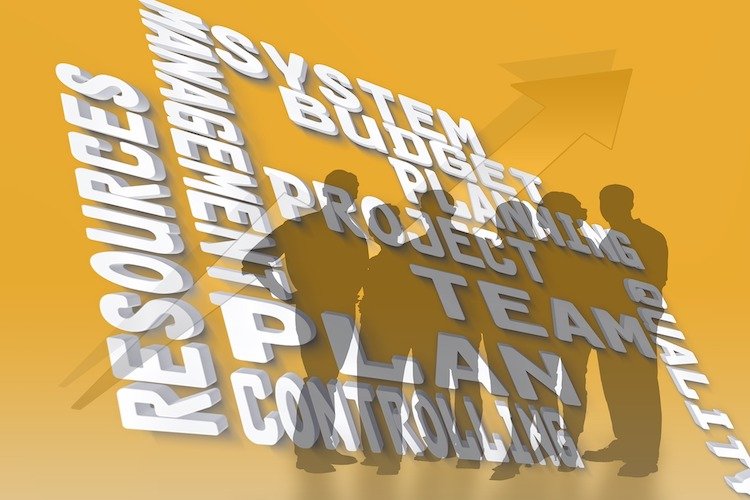How many times have you read about construction projects that are delayed, over budget, have quality issues, or involve complicated claims? Historically, these are common occurrences in the construction industry that primarily derive from a misalignment of incentives between project owners, engineers, and contractors. Traditional contract models, which often position owners and contractors on different sides, are typically the root of the problem, yet they are still in widespread use, creating the risk of continued project overruns and performance shortcomings.
Fortunately, strong, value-added options are out there for owners, engineers, and contractors to use. Collaborative contracting models on major construction projects have resulted in a significantly higher level of price, project, and schedule certainty. These models continue to gain momentum and popularity in North America and include alliance contracting, integrated project delivery (IPD), construction manager/general contractor (CMGC), open-book target price, and progressive design-build.
In a collaborative contract, owners, contractors, and engineers are integrated into a single contract, so there is one shared goal achieved through collaboration, not confrontation. It reflects a philosophy, a culture, and a mode of behavior that shares risk and reward. It embraces the idea and the vision that if we all work together, we all benefit.
To fully leverage the benefits of collaborative contracting, project owners, engineers, and contractors will need to adopt a new mindset. Key elements include:
Culture
It is crucial that project owners, engineers, and contractors embrace the philosophy behind collaborative contracting, from the very top of the organization to front-line workers. It requires a concerted effort in building long-term, collaborative relationships within the market, and creating sustainable business models for suppliers and vendors.
It also requires that we ask our people to do things a little differently for the greater good of the project. All partners, for instance, need to embrace a “no fault, no blame” attitude in all aspects of the work, including potential disputes, errors, defects, and poor performance. In the collaborative contracting model, all project partners are engaged in the prompt and mutual resolution of these types of issues.
Additionally, all partners need to instill a high level of trust, agree to act in good faith at all times, and be willing to get out of their comfort zone.
Establish the Right Team
Solidifying the “right” team, including leadership, starts with selecting people who are collaborative, respectful, and work well in a trust-based environment. It is a core principle that each project team member is empowered to represent and bind their organization on any matter relating to the agreement. All decisions are made on a “best-for-project” basis rather than a “best-for-individual-company” basis.
Investing in the Development Phase
The development phase is key to establishing the rigorous and robust basis that governs how the project partners will deliver the project. It may also be referred to as the validation phase, or FEED phase.
The primary purpose of the development phase is to progress the project design and planning to a stage that significantly de-risks the project in order to provide more certain project outcomes. Generally, targets are set for project cost, schedule, and other key performance areas such as safety and quality performance, and the entire project team shares incentives/disincentives for performance. The owner can then choose to approve or reject the project proposal to proceed to the execution phase.
Early Engagement
A major advantage of collaborative contracting is early engagement of the whole team. By working together early in the project lifecycle, each participant can better influence project outcomes. Early engagement can optimize the return on investment and reduce costs in executing the overall project. Cost and schedule certainty can be assessed more effectively early in the process, and compared to traditional fixed-price contracts, the ability to finish on time and on budget increases dramatically. We can achieve this by working together on constructability/schedule optimizations, rather than having teams bid on a set of rigid specifications. Furthermore, adopting a “best-for-project” mindset, which is the golden rule for everyone on the project team, fosters a strong team environment.
Embracing Change
Moving from traditional contracting methods to a collaborative model will require a change in mindset, a commitment to listening and learning, and letting go of the belief that you have all the answers. However, as a result, collaborative contracting can have a very positive impact on project cost, risk, speed of delivery, quality, and innovation. It has proven itself as a more efficient, profitable, and enjoyable way to manage large infrastructure projects. It is the way of the future and certainly good news for project owners, engineers, contractors, and the construction industry.
*This article first appeared in On-Site Magazine, April 21, 2021, and is reprinted here with permission.
https://www.on-sitemag.com/features/collaborative-contracting-how-to-be-an-ally/

